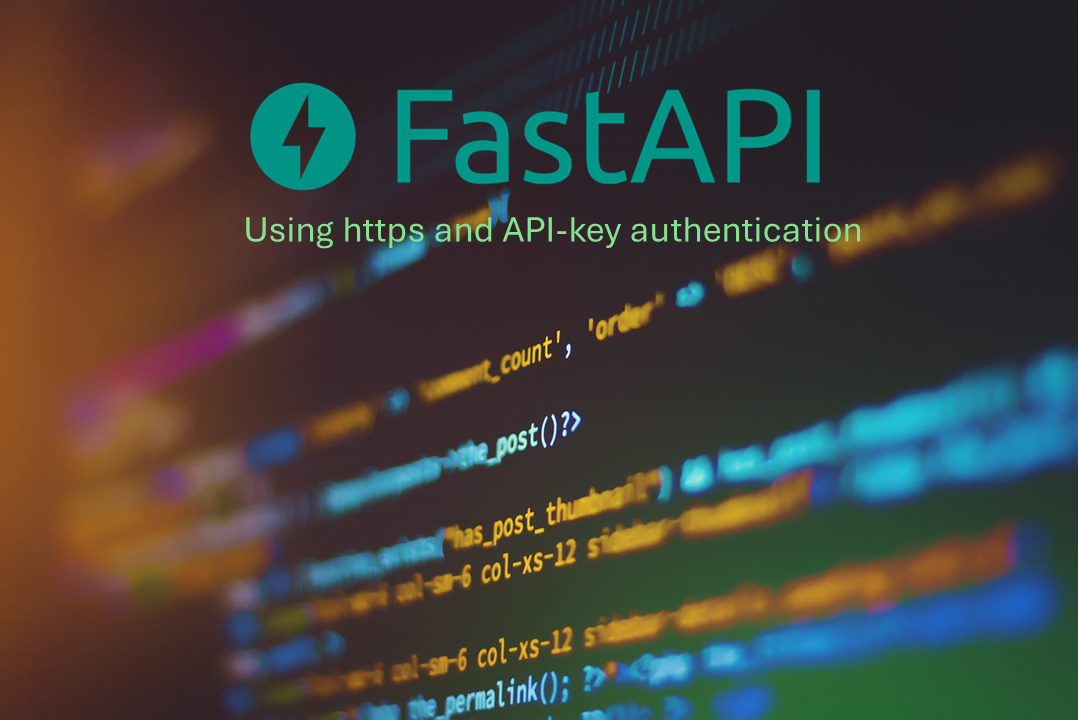Authentication and Authorization in Web Development (Using FastAPI)
Making sure your apps are secure is crucial in the wide world of web development. Authorization and authentication are two key ideas in this field. Now let us explore these subjects in more detail, including their importance and how to use the FastAPI framework in Python to implement them.
Authentication: Who Are You?
Authentication is all about verifying the identity of users. It answers the question, “Who are you?” Before allowing users to access particular areas of a website or application, authentication creates a mechanism for them to authenticate themselves.
Python Code Example: HTTP Basic Authentication with FastAPI
from fastapi import FastAPI, Depends, HTTPException
from fastapi.security import HTTPBasic, HTTPBasicCredentials
app = FastAPI()
security = HTTPBasic()
@app.get(“/secure-endpoint”)
def secure_endpoint(credentials: HTTPBasicCredentials = Depends(security)):
if credentials.username == “admin” and credentials.password == “adminpass”:
return {“message”: “Access Granted”}
else:
raise HTTPException(status_code=401, detail=”Unauthorized”)
In this example, the /secure-endpoint is protected with HTTP Basic Authentication. Only users with the correct username and password can access it.
Authorization: What Do You Want?
Once we know who the user is, the next step is determining what actions they are allowed to perform. Authorization involves granting or denying access to specific resources or functionalities based on the user’s identity.
Python Code Example: Role-Based Authorization with FastAPI
from fastapi import FastAPI, Depends, HTTPException
from fastapi.security import OAuth2PasswordBearer
from enum import Enum
app = FastAPI()
oauth2_scheme = OAuth2PasswordBearer(tokenUrl=”token”)
class Role(str, Enum):
admin = “admin”
user = “user”
def get_current_user(token: str = Depends(oauth2_scheme)):
credentials_exception = HTTPException(
status_code=401,
detail=”Could not validate credentials”,
headers={“WWW-Authenticate”: “Bearer”},
)
# Verify token and extract user details (implementation not shown here)
user = verify_token(token)
if user is None:
raise credentials_exception
return user
@app.get(“/admin-endpoint”)
def admin_endpoint(current_user: User = Depends(get_current_user)):
if current_user.role == Role.admin:
return {“message”: “Admin Access Granted”}
else:
raise HTTPException(status_code=403, detail=”Forbidden”)
In this example, the /admin-endpoint is protected, and only users with the “admin” role can access it. This demonstrates a basic form of role-based authorization.
Middleware and CORS: Strengthening Security
You can apply extra security measures by using middleware in FastAPI to intercept requests and responses globally. One important security feature to consider when processing requests from various origins is Cross-Origin Resource Sharing or CORS.
Python Code Example: Adding CORS Middleware with FastAPI
from fastapi import FastAPI, Request
from fastapi.middleware.cors import CORSMiddleware
app = FastAPI()
app.add_middleware(
CORSMiddleware,
allow_origins=[“https://ui.cryptids.com”],
allow_credentials=True,
allow_methods=[“*”],
allow_headers=[“*”],
)
@app.get(“/test_cors”)
def test_cors(request: Request):
return {“message”: “CORS Test Successful”}
In this example, the CORS middleware is added to allow requests only from the specified origin, enhancing security by preventing unauthorized cross-origin requests.
So, Authentication and Authorization are integral components of web application security. With Python and FastAPI, you have powerful tools to implement robust authentication and authorization mechanisms. By incorporating these practices, you can contribute to building secure and trustworthy web experiences for your users.
If you want to know more about FastAPI, just click on the link(…………….)
